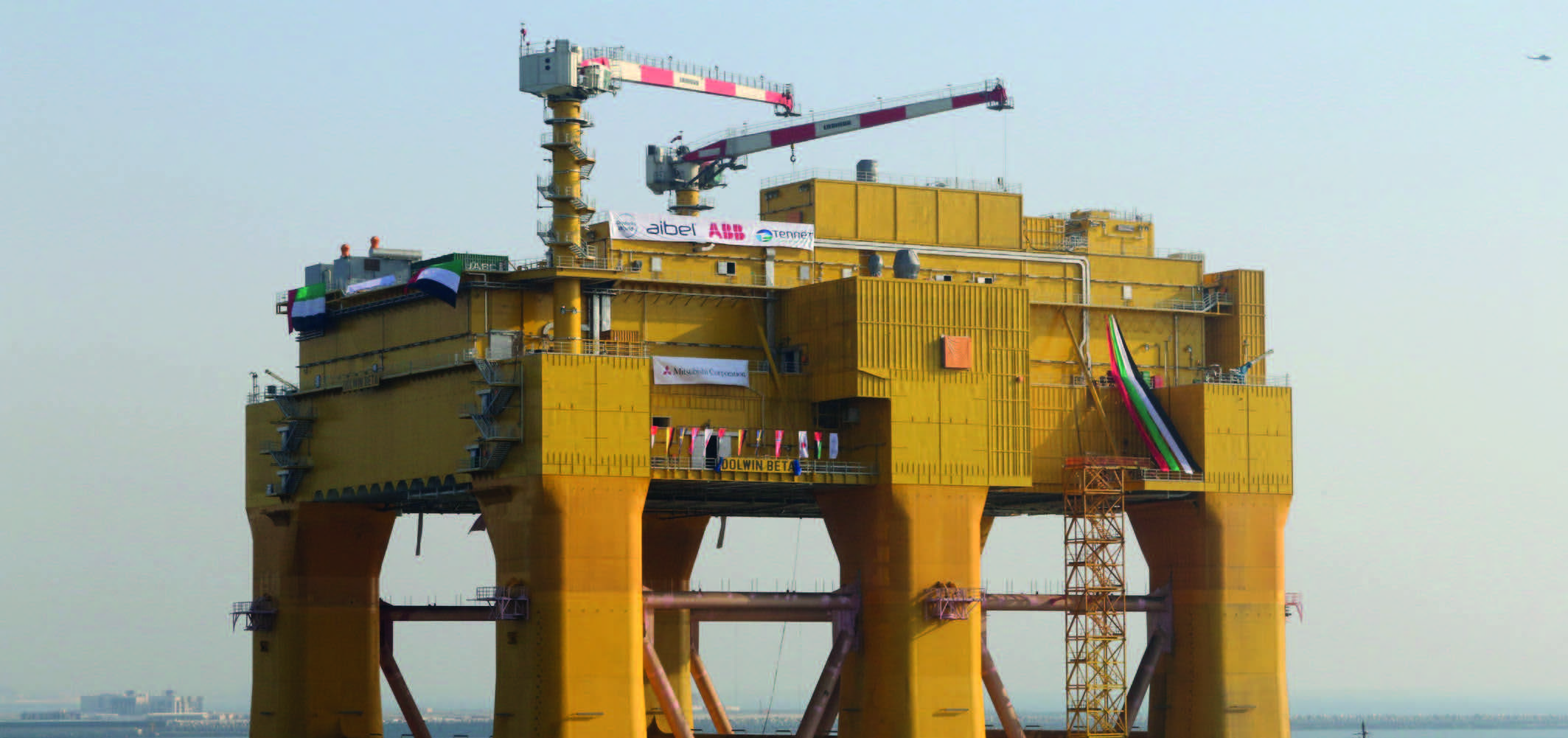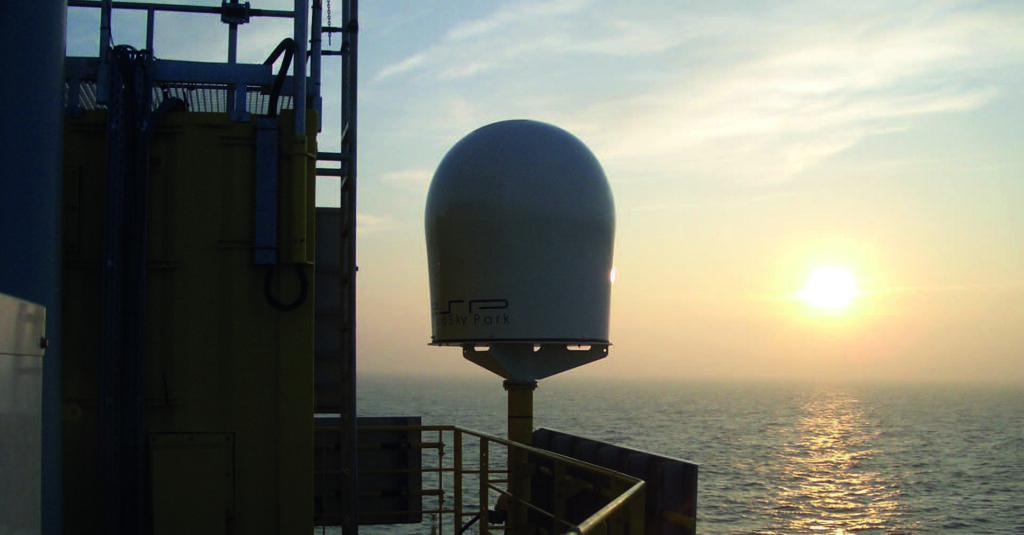
Offshore wind farms are massive power stations. In Germany, most of them are located more than 100 kilometres off the coast in the North Sea. To feed the generated wind energy into the extra-high voltage grid ashore with as little loss as possible, a so-called high-voltage direct current (HVDC) is needed. For the DolWin5 project, however, TenneT implements an offshore grid connection system with extra- high-voltage direct current (EHVDC) technology and an output of 900 MW. DolWin5 will connect the wind park Borkum Riffgrund 3 with the extra-high voltage grid ashore. This is not the first joint-venture between that ESP and TenneT implement jointly. After all: “Without high-performance communication technology, such a grid connection facility cannot be operated at all,” technical specialist Michael Klein explains, responsible for “Large Projects Offshore” at transmission system operator TenneT.

Already long before the commissioning of a wind park, data transmission is needed for construction and all test phases. At this stage, ESP’s technology provides the primary connection for the communication. But during operations, when fibre-optic cables in the seabed become the primary transmission channel, satellite technology will continue to be needed. After all, the safety and control technology must be absolutely reliable for both wind park and grid connection. “Breakdowns and malfunctions could have disastrous effects on the entire power grid,” Michael Klein warns. This requires a high degree of redundancy, which is provided by ESP – going into space and back. That far away, satellite technology represents the sole option, and the ESP solution is the only one that guarantees a station blackout safety of 99.99% for such large facilities. “What we offer here is far more than an emergency scenario,” Patric Niederprüm in his function as responsible Planning Engineer at ESP explains. “It is an equal second system, which can seamlessly take over and control the entire wind park – with its total of 900 megawatts – in any weather condition and in virtually any scenario. In case of emergency, this happens smooth and absolutely seamless.”

To put this promise to the test, the implementation of the technology is preceded by multiple inspections. One of them is a Factory Acceptance Test (FAT), which for DolWin5’s HVDC has been carried out by Michael Klein. The onsite test in Saarland included the testing of all specifications, the comparison of the measured values, the commissioning, and the testing of different operating scenarios. In addition, the facilities were checked with the help of TenneT’s satellite ground station near Hannover. ABB from Sweden has followed the testing as well. For five hours, the technicians applied themselves intensively to review all the systems details until Michael Klein gave it a thumbs-up. “ESP not only provides highly available systems but also the necessary professionalism,” the experienced offshore- project technician says, explaining his positive judgment. “We already know this from years of partnership. The employees are excellently versed and have completed system trainings at the manufacturer premises in South Korea as well as comprehensive offshore trainings. Additionally, ESP has all the required certificates, is flexible and reliable, and respects deadlines. This, too, is indispensable for the cooperation with a large system operator such as TenneT.”
Michael Klein, experienced offshore-project technician
EuroSkyPark GmbH
Zitatgeber Vorname Name, ggf. Funktion + Firma